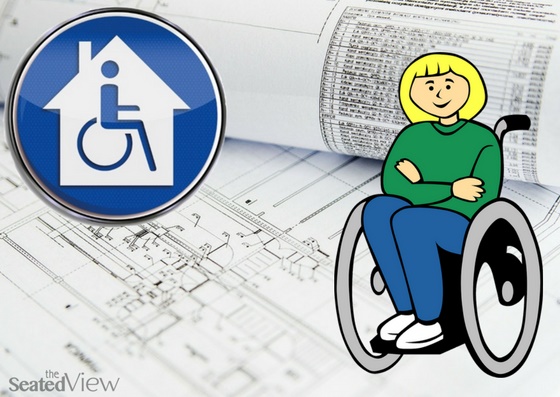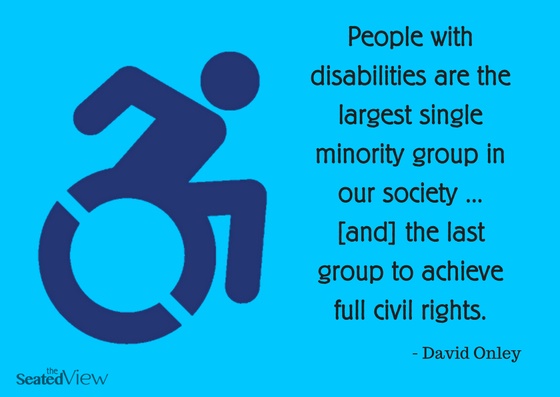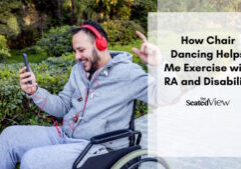Changing the National Building Code for an Inclusive Canada

I have never visited my sister’s home. I have never been to my partner’s home. If my friends are having a party, I can’t go. My partner and I can’t live together.
Housing in Canada is usually not accessible to people who use wheelchairs. It contributes to isolation — you might even call it segregation — loneliness, restrictions on life choices, ability to work and participate in society. It’s the very definition of inequality.
And only 13 years from now, one quarter of the population will be in the same boat.
The reason that the rate of people with disabilities is rising so fast from today’s 20% — still a significant number — is due to the aging of the baby boomer generation. But even if you yourself don’t have a disability or are not looking middle age square in the face, chances are someone you know — a parent, a child, a friend, a lover — will. And wouldn’t it be nice if they could come over to your place for dinner?
Unfortunately, that’s unlikely. The vast majority of housing in Canada is not accessible. Even if you live in an apartment building with a level entrance and elevators, your bathroom is probably the size of a postage stamp. Someone using a wheelchair would be unlikely to access your kitchen or your bedroom.
This means that this person you care about will never be able to visit your home. To come over for dinner, to sleep over, even just pop by for a short visit.

That’s because building codes in Canada do not mandate that housing be accessible to people with disabilities. Accessibility laws such as the Accessibility for Ontarians with Disabilities (AODA) don’t cover housing.
There’s not much point to creating an accessible society if people don’t have a place to live, is there?
Because that’s the other side of this coin. That if you, or someone you love, happens to be one of the 25% who will have a disability, in 13 years you won’t have a lot of options. One is to retrofit your home to make it accessible, which can be incredibly expensive. The second is to move. To lose your home at a time when you’re already facing the loss of ability.
Except, not so fast. Because finding an accessible home is next to impossible. There is an accessible housing crisis in this country — there’s hardly any available, so people languish on waiting lists for years.
So, buy condo, right? Well, these days a one-bedroom condo in Toronto goes for somewhere between a quarter and half a million dollars and guess what? It is likely not accessible.
Let’s change that, shall we?
The Older Women’s Network Housing Committee has initiated a federal petition calling for changes to the National Building Code of Canada to create housing that is universally accessible, as well as undertaking a number of other initiatives to ensure that clarity exists across building code standards and to ensure more accessible housing stock.
Do you live in Canada? Please sign the petition and share this post is widely as possible. Send it to your friends, your family, your colleagues. Share it on Facebook and Twitter. Find ways to raise the issue with elected representatives in any election you can think of. We have until November 1, 2018 to gather enough signatures to show government that this is an issue Canadians take seriously.
Tag: access, building, change, code, government, housing, petition
2 Comments
Read More
Discover what else I've been writing about...
















It took years and some serious politics to get the ADA passed in the US. It was a mess when it was passed and you knwo 40 years hence we cannot imagine the US without the ADA. Yes we need improvements and yes some parts are overburden some . But all in all, it is a great law.
Any time disability rights are recognized as civil rights is a good thing. And sure, all laws need tinkering, especially as life and the world progress, but… It still baffles me that housing has been left completely out of so much.